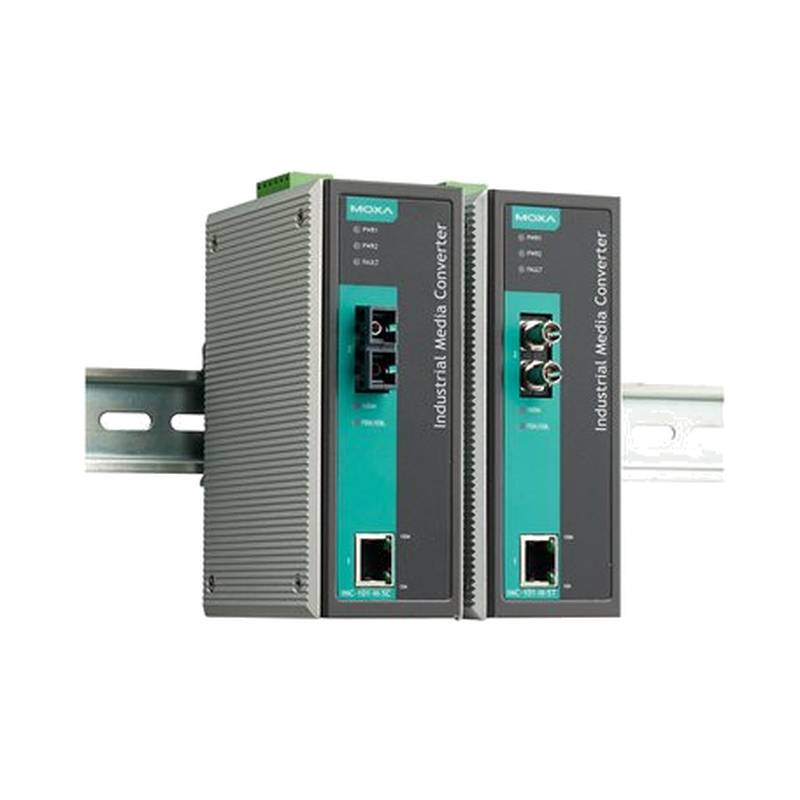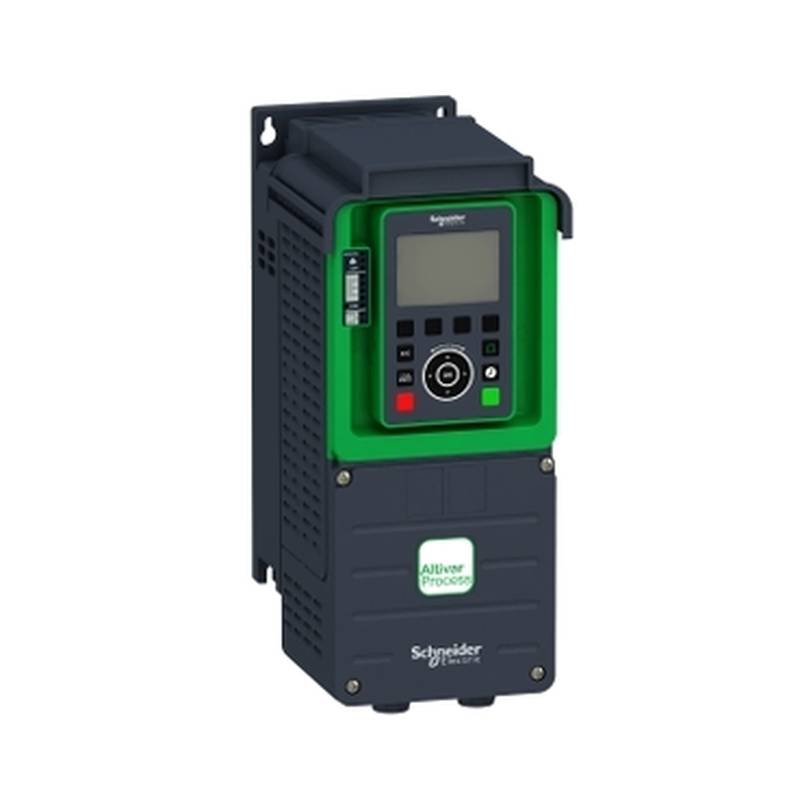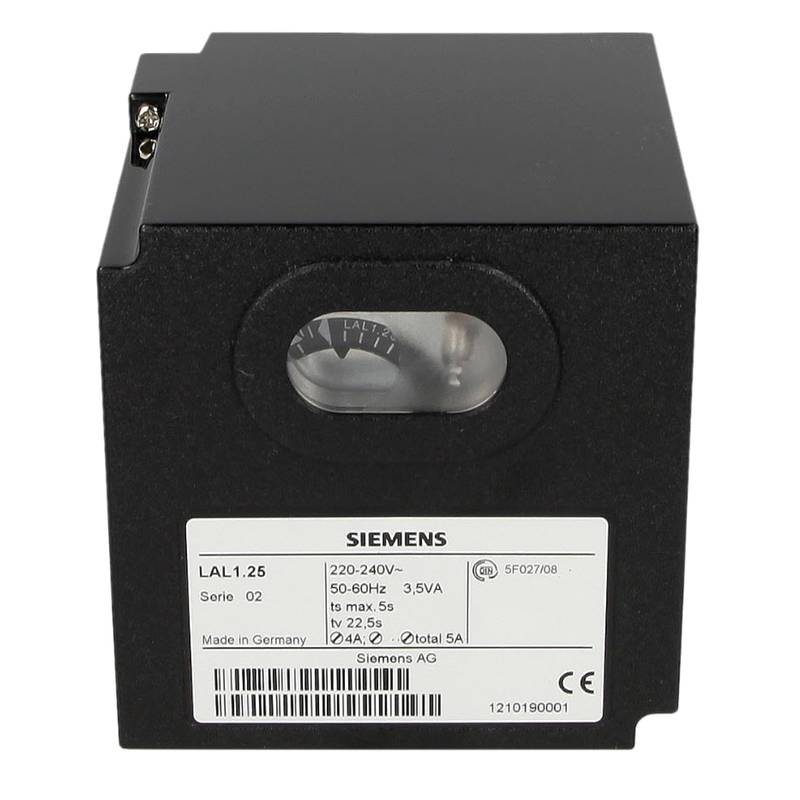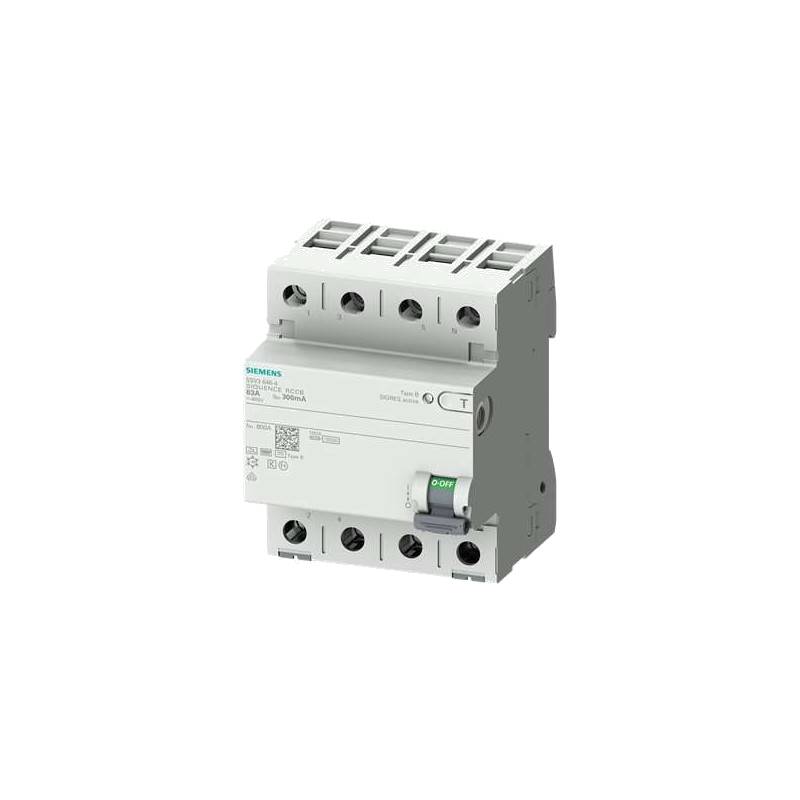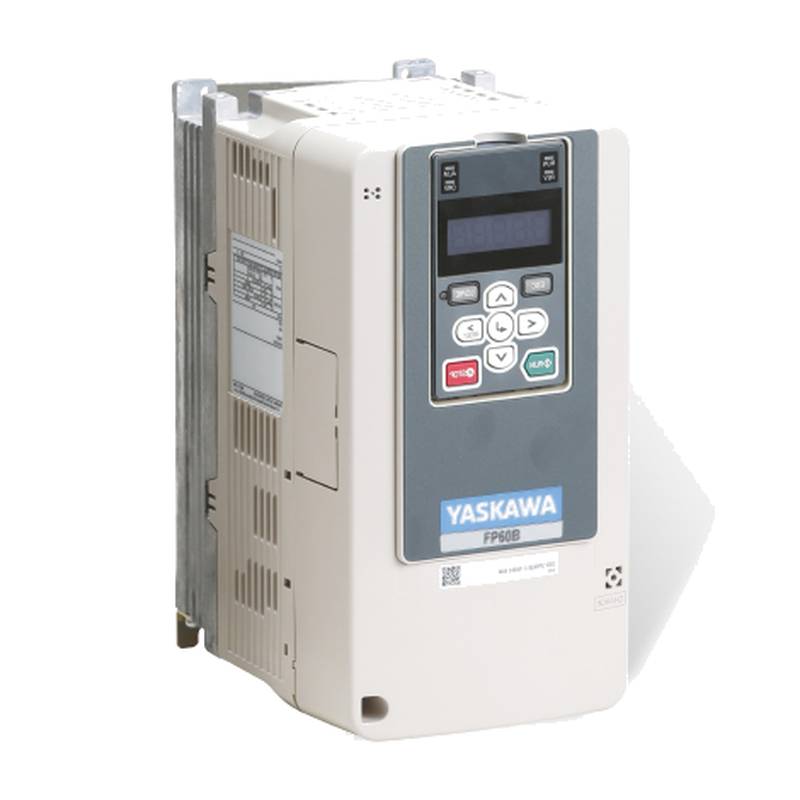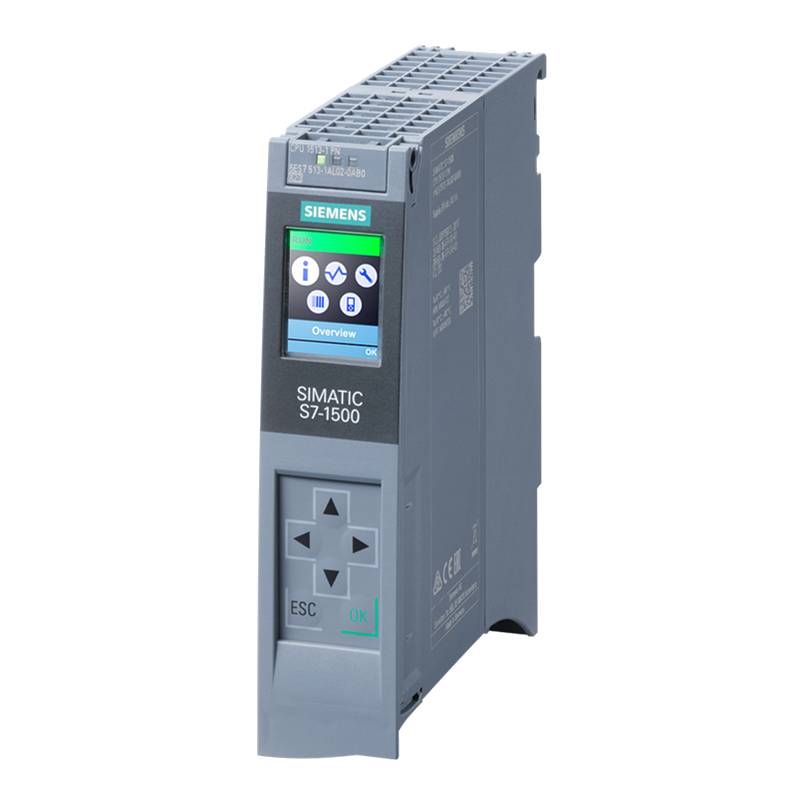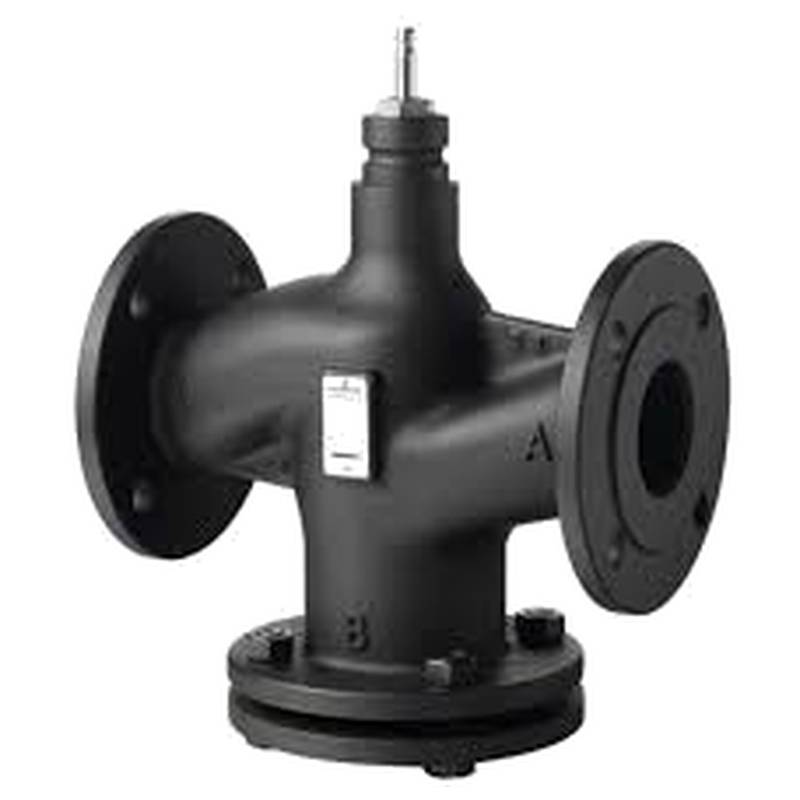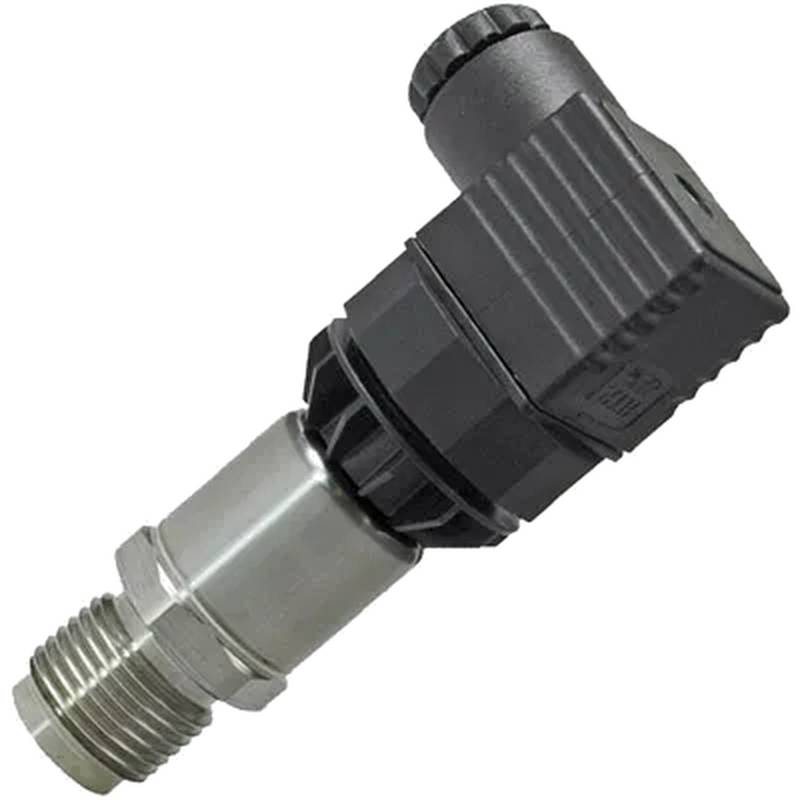
The Siemens 5SY6163-7CC is a high-performance, single-pole miniature circuit breaker (MCB) engineered for demanding industrial applications requiring robust protection against overcurrents. With a rated current of 63A and an interrupting capacity suitable for various grid conditions, this MCB offers superior reliability and safety for main circuit protection. Its advanced thermal-magnetic tripping mechanism ensures rapid response to faults, safeguarding sensitive equipment and preventing costly downtime.
Product Specifications
| Feature | Specification |
| :---------------------------- | :--------------------------------------------- |
| Manufacturer | Siemens |
| Product Series | 5SY6 |
| Poles | 1 |
| Rated Current (In) | 63A |
| Rated Voltage (Un) | 230/400V AC |
| Tripping Characteristic | C |
| Breaking Capacity (Icn) | 10kA |
| Frequency | 50/60 Hz |
| Operating Temperature | -25°C to +45°C |
| Degree of Protection | IP20 |
| Terminal Type | Screw Terminal |
| Mounting Type | DIN Rail (35mm) |
| Compliance | IEC/EN 60898-1, IEC/EN 60947-2 |
Core Features & Market Positioning
The Siemens 5SY6163-7CC distinguishes itself through its robust construction and adherence to stringent international safety standards, including IEC/EN 60898-1 and IEC/EN 60947-2. Its C-curve tripping characteristic is specifically designed to handle moderate inrush currents typical in inductive loads, offering enhanced protection without nuisance tripping. This positions the 5SY6163-7CC as a reliable choice for main distribution boards and critical feeder protection in industrial settings where consistent power delivery and equipment safety are paramount. The breaker's high breaking capacity of 10kA ensures it can safely interrupt fault currents, preventing arc flash incidents and damage to downstream components.
Key Application Scenarios
This 1-pole, 63A circuit breaker is ideally suited for protecting main power lines in control cabinets, industrial machinery, and distribution panels where a single-phase supply is utilized and a 63A rating is required. Common applications include protecting the main incoming power supply to a machine, safeguarding critical sub-distribution boards, and acting as a primary protective device for equipment with significant power requirements. Its industrial-grade design makes it a dependable component in manufacturing plants, data centers, and commercial facilities that demand continuous and secure power distribution.
Practical System Integration Guidance
Integrating the Siemens 5SY6163-7CC into existing electrical systems is straightforward due to its standard 35mm DIN rail mounting. Ensure that the supply wiring is correctly terminated to the line side and the load wiring to the load side of the breaker to guarantee proper functionality and safety. The breaker's screw terminals accommodate various conductor sizes, facilitating flexible connection options. Before energizing, verify that all connections are secure and that the upstream protective devices are appropriately rated. The breaker's clear labeling indicates its pole, current rating, and tripping curve, aiding in straightforward installation and maintenance.
Operation and Risk Mitigation
The 5SY6163-7CC operates via a thermal-magnetic tripping mechanism. Overloads cause a bimetallic strip to heat and bend, eventually tripping the breaker, while short circuits trigger an electromagnetic coil for instantaneous interruption. Risk mitigation is achieved through its inherent design to prevent electrical fires and protect connected equipment from damage. In the event of a fault, the breaker will trip, interrupting the circuit. To reset, ensure the fault condition has been resolved, then manually reset the lever. If the breaker repeatedly trips, consult a qualified electrician to diagnose and address the underlying issue, as this indicates a persistent overload or fault.
Scalability & Long-Term Value
While the Siemens 5SY6163-7CC is a discrete component, its value extends through its compatibility within the broader Siemens industrial ecosystem. It adheres to standardized mounting and connection methods, ensuring ease of replacement or integration with other Siemens protective devices and control gear. For future scalability, system designers can plan for increased capacity by employing appropriately rated upstream and downstream breakers or by implementing modular distribution systems that allow for the addition of more circuits protected by suitable MCBs. Its robust build quality ensures a long operational lifespan, minimizing the need for frequent replacements and contributing to the overall long-term value of the electrical installation.
FAQs
1. What is the primary function of the Siemens 5SY6163-7CC?
It serves as a vital overcurrent protection device for single-pole circuits. The breaker safeguards electrical equipment and wiring from damage caused by excessive current.
It operates by detecting both gradual overloads and sudden short circuits. This dual protection mechanism ensures comprehensive safety in diverse fault scenarios.
The 5SY6163-7CC is designed for industrial environments, offering reliability and rapid fault interruption. It is crucial for maintaining system integrity and preventing electrical hazards.
2. What does "1P 63A C-curve" signify for this circuit breaker?
"1P" indicates it is a single-pole breaker, suitable for single-phase circuits. "63A" denotes its rated current capacity, meaning it protects circuits up to 63 amperes.
The "C-curve" refers to its tripping characteristic, designed for moderate inrush currents. This makes it ideal for inductive loads like motors without premature tripping.
This combination ensures the breaker can handle normal operating currents while still responding effectively to dangerous overcurrent conditions. It balances protection with operational stability.
3. Where is the Siemens 5SY6163-7CC typically installed?
This MCB is commonly installed in industrial control panels and electrical distribution boards. It is used as a main circuit breaker for feeders or individual machines.
Its compact size and standard DIN rail mounting facilitate easy integration into compact enclosures. This makes it a versatile component for custom electrical assemblies.
Applications include protecting incoming power to equipment, safeguarding sub-distribution circuits, and protecting loads with significant starting currents. It ensures reliable power delivery.
4. What is the breaking capacity of the 5SY6163-7CC, and why is it important?
The Siemens 5SY6163-7CC features a breaking capacity of 10,000 amperes (10kA). This is the maximum fault current it can safely interrupt without damage.
A high breaking capacity is critical in industrial settings where fault currents can be substantial. It prevents catastrophic damage to the breaker and surrounding infrastructure.
This specification ensures the device can effectively contain and extinguish dangerous electrical arcs, thereby enhancing overall system safety and preventing potential fire hazards.
5. How does the C-curve tripping characteristic benefit an industrial application?
The C-curve provides a time delay for inrush currents, typically associated with motor startups. This prevents nuisance tripping during normal, temporary overcurrent events.
It allows for reliable operation of equipment that draws higher currents for brief periods, such as motors or transformers, upon activation. This ensures operational continuity.
However, it still offers rapid response to short-circuit faults, ensuring protection is not compromised. The C-curve offers a good balance between protection and operational flexibility.
6. Can this circuit breaker be used for DC applications?
The Siemens 5SY6163-7CC is primarily designed and certified for AC (Alternating Current) applications. Using it on DC systems is generally not recommended.
DC fault currents behave differently from AC faults, and AC-rated breakers may not reliably interrupt DC arcs. This can lead to device failure and safety hazards.
Always refer to the product datasheet or consult Siemens for specific DC application suitability. Using the correct breaker type is essential for safety and performance.
7. What are the environmental operating conditions for this Siemens MCB?
This circuit breaker is designed to operate reliably within an ambient temperature range of -25°C to +45°C. This covers a wide spectrum of industrial environments.
It also has a degree of protection of IP20, meaning it is protected against solid objects larger than 12.5mm but is not protected against water ingress. Enclosures are recommended.
Ensure the installation environment does not exceed these parameters to maintain optimal performance and lifespan of the device. Proper ventilation is also key.
8. What is the physical mounting method for the 5SY6163-7CC?
The Siemens 5SY6163-7CC is designed for easy installation on a standard 35mm wide DIN rail. This is the most common mounting standard in electrical enclosures.
The breaker simply clips onto the rail, allowing for quick and secure mounting. This standardized approach simplifies panel building and maintenance tasks.
This mounting method ensures mechanical stability and correct electrical grounding, facilitating straightforward system integration and potential future modifications.
9. How does the thermal-magnetic tripping mechanism work?
The thermal element uses a bimetallic strip that bends when heated by prolonged overcurrents, eventually tripping the breaker. This protects against sustained overloads.
The magnetic element reacts instantly to very high currents, such as those caused by short circuits. This provides rapid fault interruption for immediate protection.
Together, these two mechanisms offer reliable protection against a wide range of overcurrent conditions, ensuring safety and preventing equipment damage.
10. What safety precautions should be taken during installation and operation?
Always de-energize the circuit completely before installation or maintenance. Verify the absence of voltage using appropriate test equipment.
Ensure correct wiring polarity and terminal tightness. Follow all local electrical codes and regulations for safe installation practices.
Regularly inspect the breaker for any signs of damage or wear. If the breaker trips repeatedly, do not force it back on; investigate and resolve the underlying fault.
















